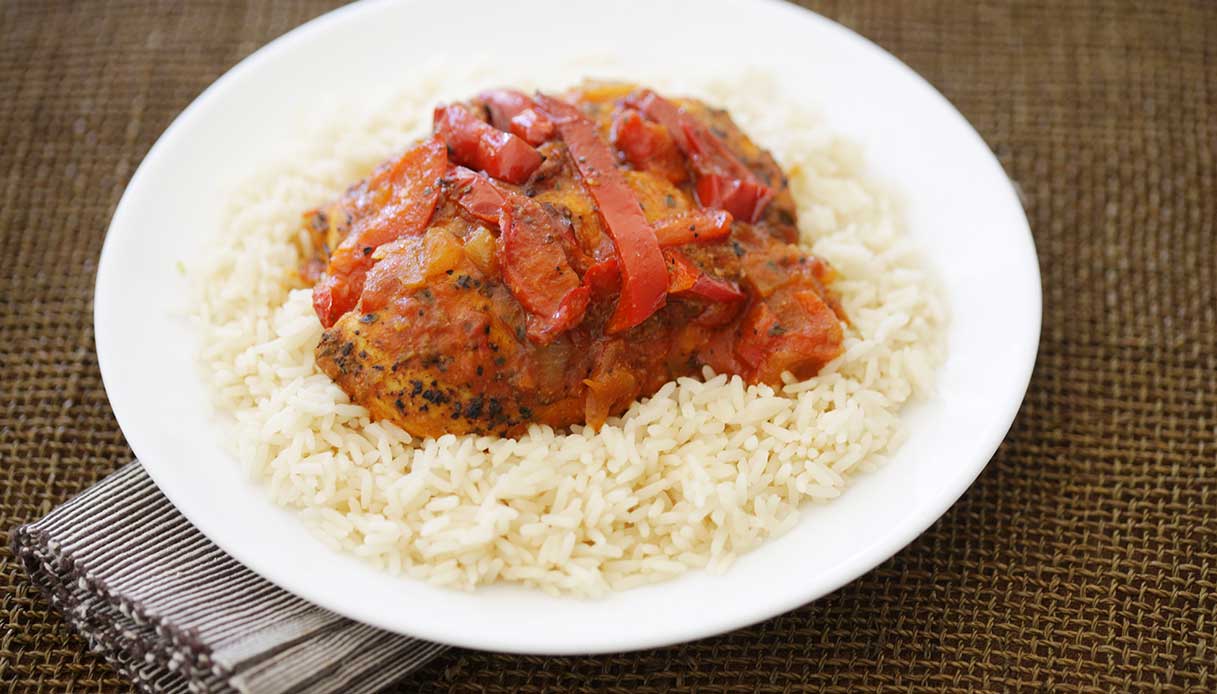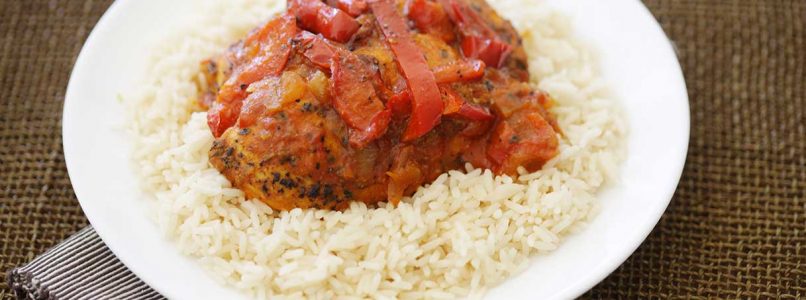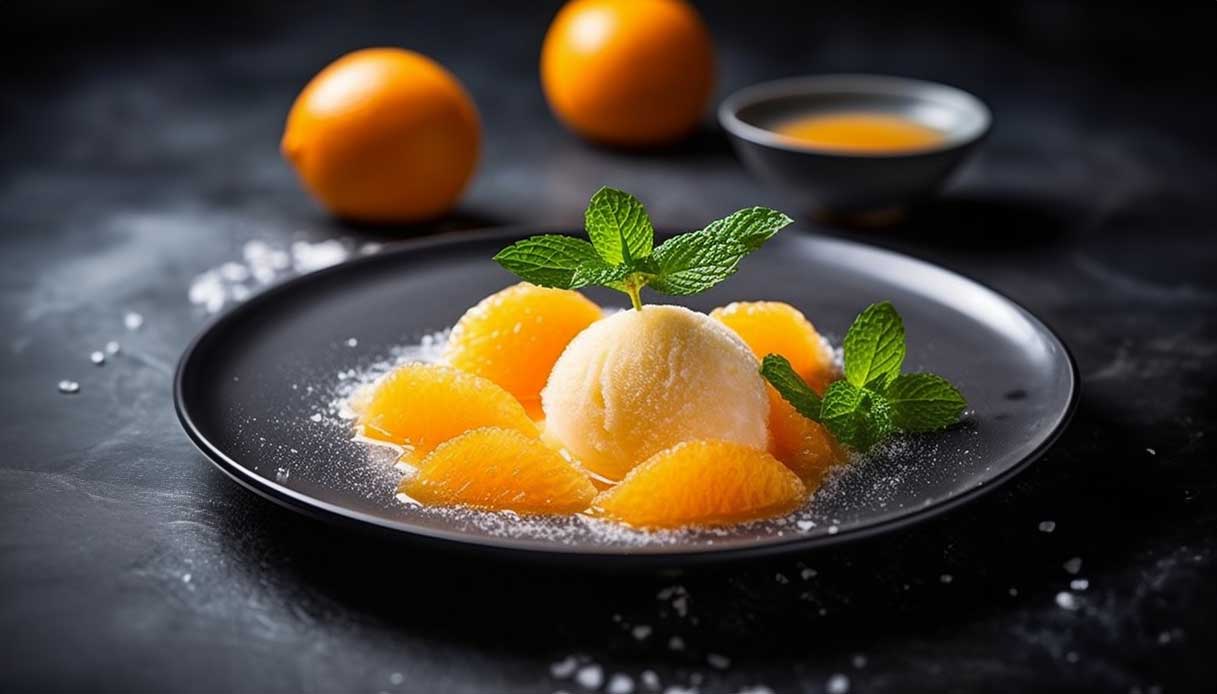In recent years i exotic fruits they have increasingly captured our attention, often becoming part of the Olympus of food trends. On top of the preferences there are generally the fruits defined as "superfood", as rich in nutritional properties, or those characterized by bright colors and deliciously pleasant and intense flavors and aromas. Today, however, we want to present you a specific selection of fruits, all of them coming from Asia, interesting because not only good and healthy, but also bizarre in appearance, either because of the unusual color, shape or size. Among hand-shaped cedars and purple fruits that smell of chocolate, then let's find out in what strange delicacies we can run into the fruit markets in Asia.
Pulasan
This fruit, widespread especially in Southeast Asia and in particular in Malaysia, belongs to the same family as rambutans and lychees and like them is covered by a pointed red peel, although less thick and easier to open. Once opened, the light-colored fruit is sweet and juicy. It's a lot refreshing and that's why it's perfect for the summer. It is also an excellent source of vitamin C and antioxidants.
Bread fruit
The fruit of the bread tree, widespread in various countries of the world including Southeast Asia, has an external appearance similar to the most famous jackfruit and durian, but is more rounded and smaller. The inside has a consistency and a taste that reminds precisely those of the bread and the flesh, crushed or sliced, can be baked, grilled, steamed or even fried and turned into a variant of French fries.

Buddha's hand
The hand of Buddha, perhaps one of the most bizarre among the Asian fruits, is one variety of cedar, widespread especially in China, Japan and northern India. The rind has a relaxing and intoxicating scent reminiscent of lemon and lavender flowers and can be used both for flavoring desserts and for perfuming clothes inside wardrobes. In this case the pulp is almost completely absent, which is why it can be eaten only if sliced and dried, not fresh.

Marang
This tropical fruit spread especially in the Philippines, remember in all respects the jackfruit. Like its best known superfood relative, it has a thick thorny skin and inside it clear, juicy and creamy bulbs, which can be cooked and eaten in the same way.

Akebia
The Japanese fruit akebia looks very similar to one purple potato and due to its beautiful pastel color it is often used for ornamental purposes. What makes this fruit unique, however, is not only the color, but also and above all the flavor and aroma of the yellowish pulp that resembles chocolate. The delicious interior has a creamy, almost liquid consistency, and for this reason it can be extracted and separated from the seeds or even drunk directly from the pod. Akebia is considered a rare delicacy as it is available only for two weeks a year at the beginning of autumn.

Mangosteen
This tropical fruit of Southeast Asia is small, rounded and from the deep purple peel (when ripe), while the internal pulp is milky white, creamy and divided into segments. The flavor of the mangosteen is sweet and slightly sour and recalls that of the lychee.
Salacca or Serpent Fruit
The last of this series of exotic Asian fruits, from Malaysia and Indonesia, is perhaps the strangest of all. Sometimes called Snake fruit indeed it has a characteristic scaly exterior dark brown to bordeaux red. The light pulp is dry and not very juicy and the sweet and slightly acid taste is reminiscent of some citrus fruits, and can be eaten raw or caramelized, boiled, dried or fried.











